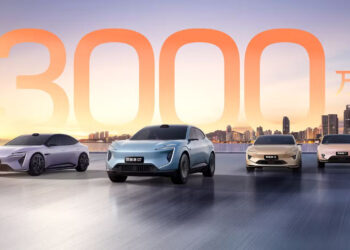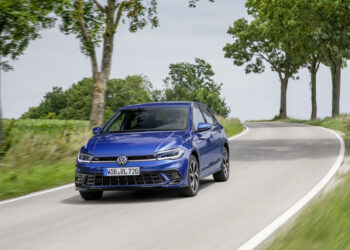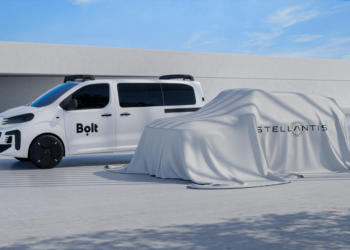Lamborghini is gearing up for its electric revolution, with plans to launch its first fully electric vehicle in 2028. Previewed by the Lanzador concept shown at Pebble Beach in 2023, the EV will break away from the traditional sports car mold and instead take the form of a stylish SUV-shaped 2+2 grand tourer. CEO Stephan Winkelmann remains confident that the EV will match the sales success of Lamborghini’s mainstream supercars, despite current skepticism toward battery-powered vehicles in the luxury segment.
In an exclusive interview with Motor1 at the unveiling of the Urus SE at Italy’s Nardò Technical Center, Winkelmann detailed Lamborghini’s future product lineup and anticipated sales volumes. “The Revuelto is in the smallest segment, the volumes will always be the smallest,” he explained, referring to the company’s newest flagship supercar. “And then we see Temerario and the [electric] GT car more or less on the same level. And the Urus will always be the biggest seller.”
The Temerario, Lamborghini’s new entry-level supercar introduced earlier this year, replaces the successful Huracán, which accounted for about 40 percent of Lamborghini’s sales last year, totaling 3,962 units. Given this track record, it’s reasonable to expect the Temerario to achieve similar numbers. With the electric GT model set to join this line-up, Lamborghini aims to diversify its portfolio without compromising on the luxury and performance its brand is known for.
Winkelmann’s prediction that the EV could match the sales of Lamborghini’s bestsellers is ambitious, especially as the public’s enthusiasm for electric vehicles shows signs of waning, even among luxury buyers. But Lamborghini isn’t focusing on today’s trends. “You need to think about that Lamborghini needs five years [of development], then a product cycle of at least eight years,” Winkelmann explained. “So you always have to look into what is going to happen in the future. Because if you measure yourself on the mood of the day, you will never do anything.”
This long-term perspective suggests that Lamborghini is looking beyond the current market sentiment, banking on a shift in consumer attitudes by the time the electric grand tourer hits the road in 2028. Winkelmann’s approach aligns with Lamborghini’s strategy of anticipating future demand rather than reacting to the present.
Lamborghini’s chief technical officer, Rouven Mohr, shares this optimism. In a separate conversation with Motor1, Mohr emphasized that the shift to electric isn’t just a matter of if, but when. Unlike some competitors, Lamborghini isn’t interested in merely simulating the feel of combustion engines with artificial gear shifts or fake engine sounds. “From our perspective, we need to go a step further,” Mohr explained. “Only trying to imitate a combustion engine is probably the right answer for now. But we have to convince the customers that the electric driving experience is something more than you cannot have in the combustion world. Only then can you convince emotional buyers to stay electric.”
This forward-thinking approach suggests that Lamborghini plans to redefine what an electric luxury car can be, enhancing the driving experience with innovations that go beyond simply mimicking the roar of a traditional engine. The brand aims to offer something genuinely new and exciting for its loyal, thrill-seeking customers.
The Lanzador-inspired electric grand tourer promises to be a key part of Lamborghini’s future, as the brand adapts to changing regulations and consumer expectations. By blending SUV practicality with Lamborghini’s signature style and performance, the Italian marque is positioning itself to not only stay relevant but lead the charge in the luxury EV market.










